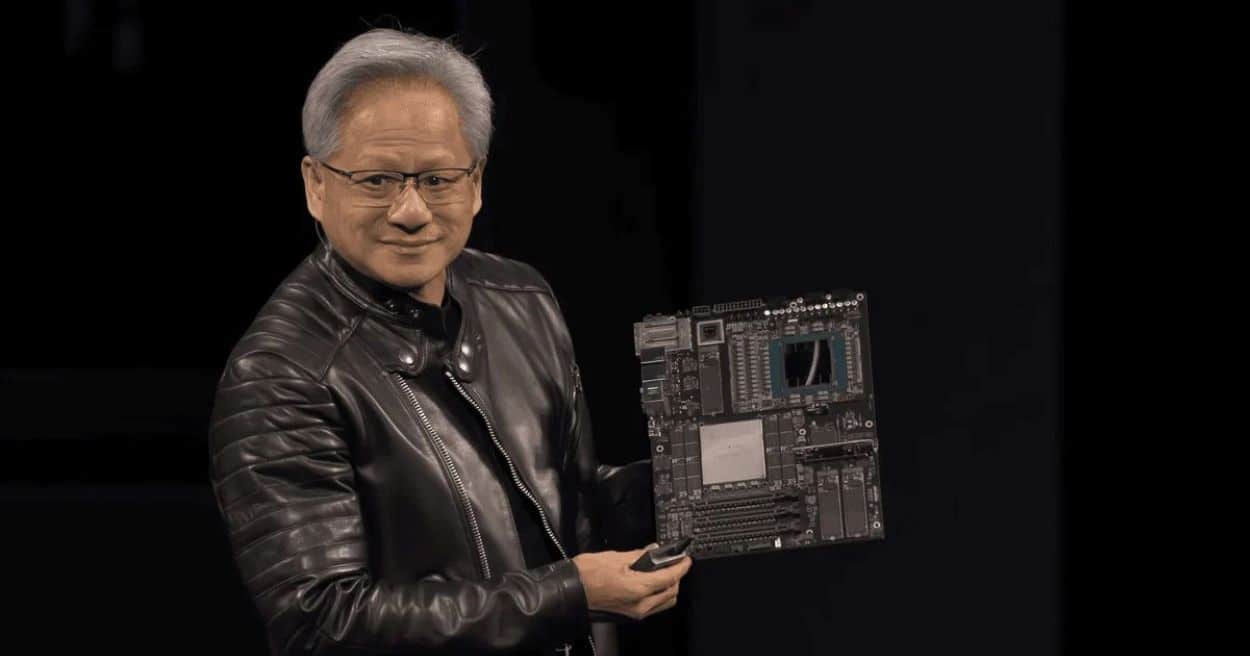On May 19, at Computex 2025 in Taipei, Nvidia unveiled Nvidia Isaac GR00T-Dreams, a platform designed to generate synthetic training data to teach humanoid robots adaptive behaviours in dynamic environments.
CEO Jensen Huang referred to physical AI as “the next trillion-dollar industry,” establishing Nvidia as a robotics software and infrastructure leader. The updated Isaac GR00T N1.5 model improves humanoid reasoning, with plans for open-source release by June 9.
Nvidia has introduced NVLink Fusion, a server architecture that allows hyperscalers to combine Nvidia’s Grace CPU and GPUs with third-party AI chips, providing greater flexibility for AI-first data centres. This architecture complements the RTX Pro Blackwell servers, specifically designed for enterprise workloads such as simulations and agentic AI. The NVLink interconnect, utilised in Nvidia’s GB200 system, enhances chip-to-chip communication.
Electricity. The Internet. Now it’s time for another major technology, #AI, to sweep the globe.
NVIDIA founder and CEO Jensen Huang took the stage at a packed Taipei Music Center Monday to kick off #COMPUTEX2025, captivating the audience of more than 4,000 with a vision for a… pic.twitter.com/7ORgr6UmuU
— NVIDIA (@nvidia) May 19, 2025DGX Cloud Lepton
To democratize AI development, Nvidia launched DGX Cloud Lepton, a cloud-based platform with partners like CoreWeave and Foxconn. The platform provides access to thousands of GPUs for building AI software at scale.
According to VentureBeat, Lepton acts as a compute marketplace, likened to a ridesharing app for developers. This aligns with Nvidia’s DGX Spark, a compact AI supercomputer in production, per Tom’s Hardware.
According to Bloomberg, Nvidia’s announcements follow a U.S. reversal on AI chip export restrictions, boosting its stock, which has been up 43% over the past year despite volatility from tariff fears. A deal to supply processors to Saudi startup Humain further solidifies its AI dominance.
Nvidia’s announcements at Computex 2025, from GR00T-Dreams to Lepton, indicate a shift towards embodied AI and customizable infrastructure. As the company expands its focus beyond chips, its innovations have the potential to redefine robotics and enterprise AI. There has been significant global attention to its keynote in Taipei. The company’s continued execution will determine its role in the AI-driven future.






